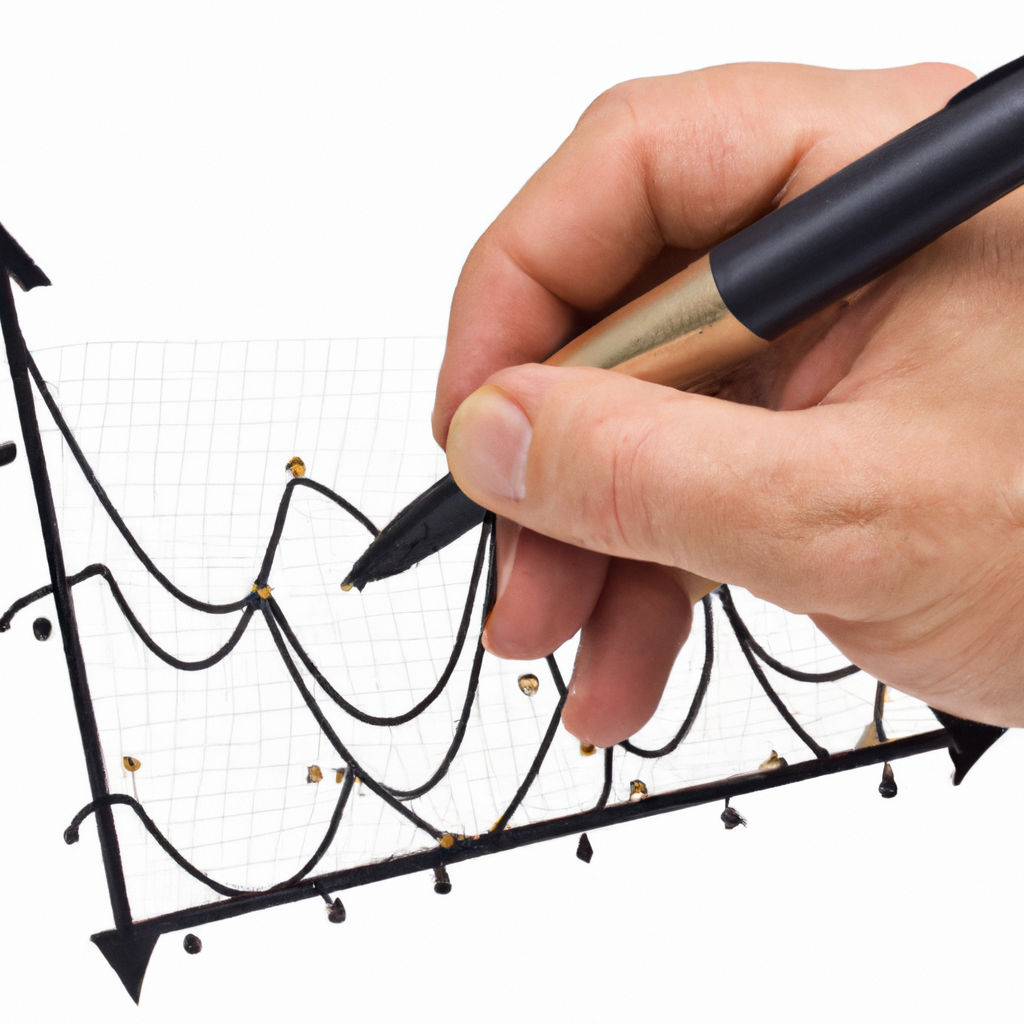
How to Draw Accurate Trend Lines
When analyzing charts in technical analysis, one of the key tools used by traders and analysts is trend lines. Trend lines help to identify the direction of the market and potential areas of support and resistance. Drawing accurate trend lines is essential for making informed trading decisions. Here are some tips on how to draw accurate trend lines:
1. Identify the Trend
Before drawing a trend line, it is important to first identify the trend in the chart. Trends can be classified as uptrends, downtrends, or sideways trends. An uptrend is characterized by higher highs and higher lows, while a downtrend is characterized by lower highs and lower lows. A sideways trend, also known as a range-bound market, is characterized by price moving within a horizontal range.
2. Connect Swing Highs and Lows
To draw an accurate trend line, connect the swing highs in an uptrend or the swing lows in a downtrend. A swing high is a peak in price that is higher than the previous high, while a swing low is a trough in price that is lower than the previous low. Drawing a trend line through these points helps to visualize the direction of the trend.
3. Use Multiple Touch Points
For a trend line to be considered valid, it should have multiple touch points along its path. The more touch points a trend line has, the stronger it is considered to be. Look for areas where price has touched or bounced off the trend line multiple times to confirm its validity.
4. Adjust for Slope and Angle
When drawing a trend line, pay attention to the slope and angle of the line. In an uptrend, the trend line should be sloping upwards, while in a downtrend, the trend line should be sloping downwards. The angle of the trend line can also provide clues about the strength of the trend. Steeper trend lines indicate a stronger trend, while flatter trend lines indicate a weaker trend.
5. Consider Time Frames
When drawing trend lines, consider the time frame of the chart you are analyzing. Trend lines drawn on shorter time frames may not be as significant as trend lines drawn on longer time frames. It is important to use multiple time frames to confirm the validity of a trend line and to get a more comprehensive view of the market.
6. Monitor Breakouts and Reversals
Once a trend line is drawn, monitor for breakouts or reversals. A breakout occurs when price breaks through a trend line, signaling a potential change in the trend. A reversal occurs when price fails to break through a trend line and bounces off it, indicating a continuation of the current trend. Paying attention to these signals can help to make informed trading decisions.
By following these tips and guidelines, you can draw accurate trend lines that help to identify trends, support and resistance levels, and potential trading opportunities in the market.





